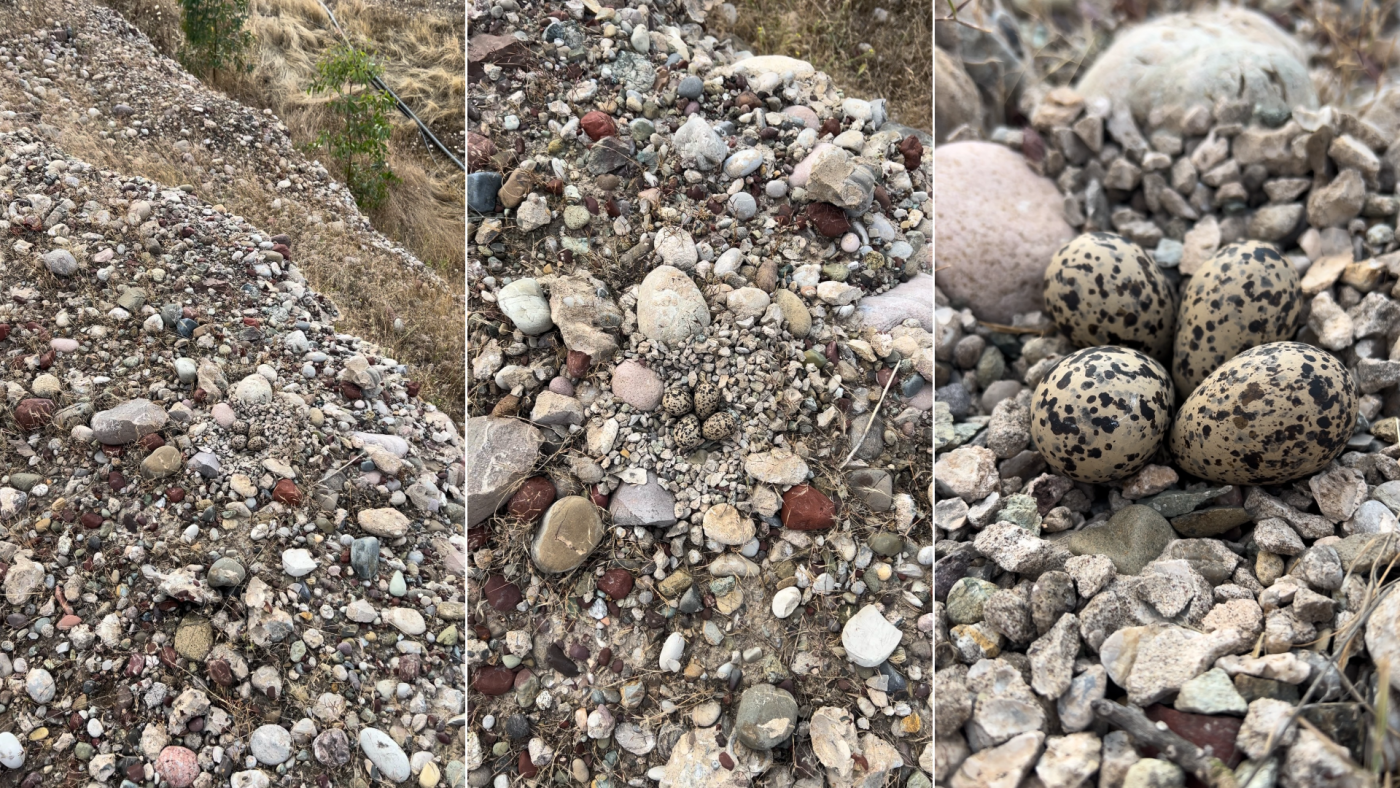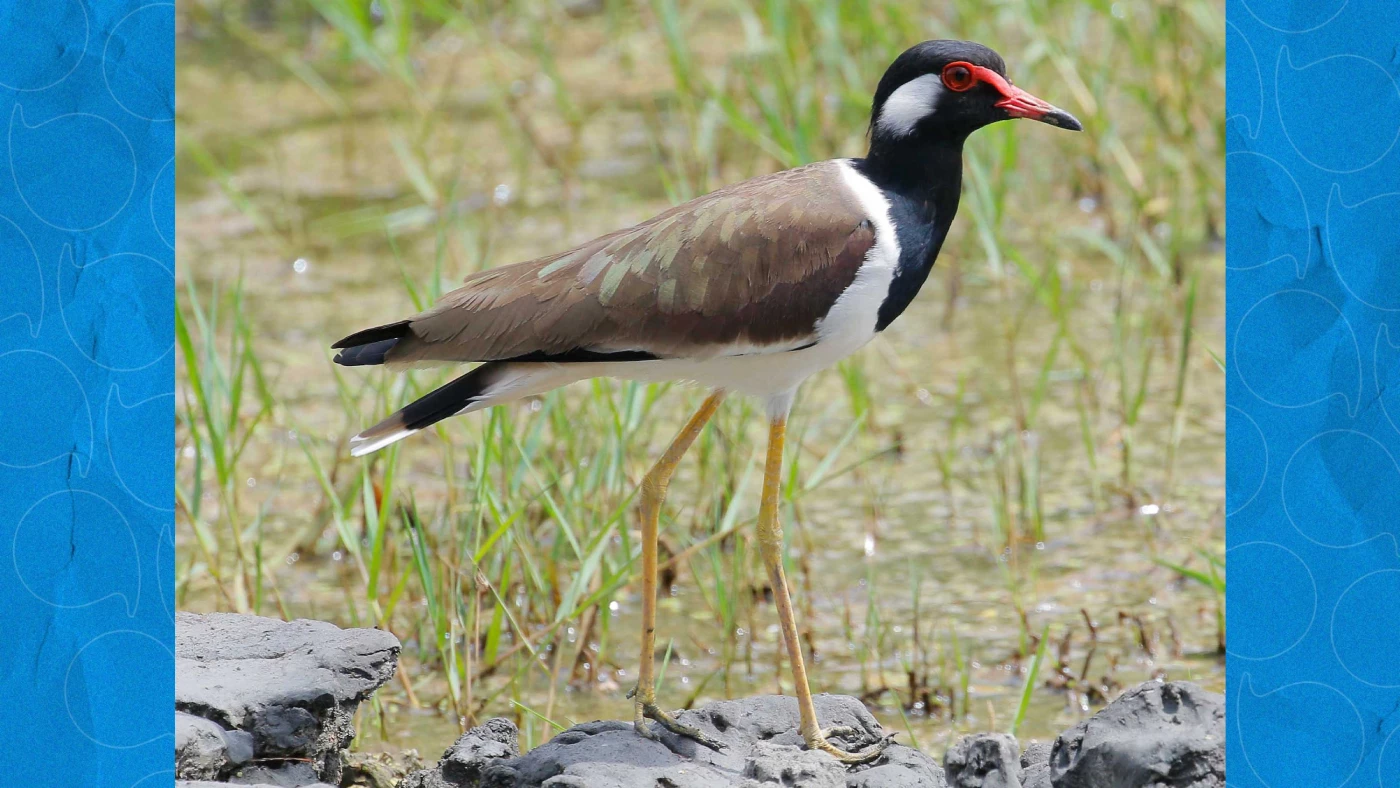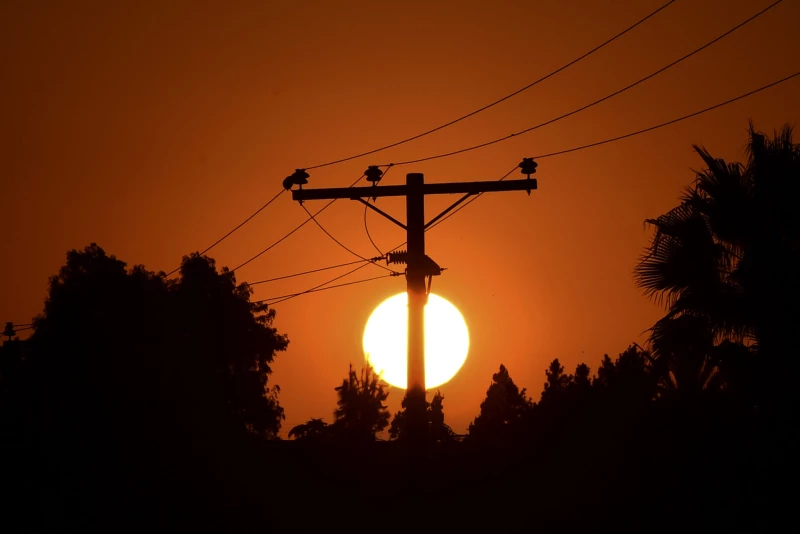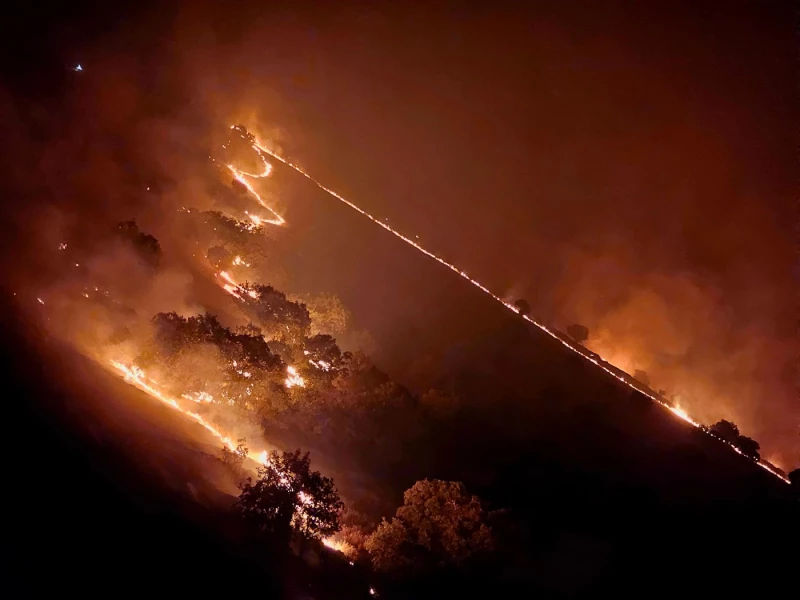ERBIL, Kurdistan Region of Iraq - One late evening in the summer of 2020, while driving back to my village in the outskirts of Erbil, in the headlights I saw a bird in the middle of the road, which took off in an instant and vanished into the night sky. It was the size of one of those pigeons we normally see on city buildings, but slightly more slender. It had two long yellow legs, a white underbelly, black neck and head, and a red beak.
It was a red-wattled lapwing, scientifically known as Vanellus indicus. In Kurdish it has several names, including the most common one, Titirwask. In some areas it is called Ziqawlla, which I had heard ever since I was a child without connecting the name to the bird. Noisy kids were often likened to Ziqawlla.
Red-wattled lapwings have one of the loudest and most distinct alarm calls. They are extremely vigilant and always on alert. They live around water streams, farms, rocky ground and cultivated land.
After that encounter on the country road I came to see, observe and be around red-wattled lapwings every day in farms and fields where I live. I have seen and heard them so consistently in the last few years that I can, to a degree, interpret their calls. For instance, I know if the call means a fox is passing by, or a stray dog is getting close to their nest, or a human is walking in the direction of where they have laid their eggs. For each occasion they have a call and you learn to decipher over time. My dogs too have learned to respond to these never-sleeping calls, and know whether to pursue the sound or to ignore it.
These birds are as awake and alert by night as they are by day.
There certainly is more than one type of lapwing in the world. There are also northern lapwing, masked lapwing, southern lapwing, spur-winged lapwing, black-headed, white-headed, crowned lapwing, and about 15 other birds in the plover family that are sometimes counted as lapwings.
Red-wattled lapwings live only in a specific number of countries that stretch from Vietnam and Cambodia in Southeast Asia through India, southern Iraq, and the Kurdistan Region, which is almost the last boundaries of their habitat.
They live on worms, insects, and creatures that live and breed around wetlands. They lay four eggs in a nest that is made on the ground and among pebbles, gravel and small stones. They do not necessarily build nests as other birds do, but rather push aside a few little rocks and clear enough space for four eggs.
In the Kurdistan Region and Iraq red-wattled lapwings are native, resident and breeding. According to the International Union for Conservation of Nature (IUCN) their range extends 151 million square kilometers and in their 2016 Red list category of endangered species, they are of least concern (LC).
Finding a lawpwing nest is no easy feat. you could be standing half a meter away from a nest and you wouldn’t notice it for its perfect camouflage. Patterns on the eggs match the ground and the gravel around them. Besides, one of the parent lapwings or the couple take off together with their loudest call. Every now and then they land somewhere far from the actual nest and trick you into thinking that is where the eggs are. You go to that spot only for them to fly again, land somewhere else and repeat the act. They do everything they can to drag you away from their nest which in reality could be inches away from your feet without you knowing.

Photos: Ayub Nuri
They are more aggressive of course when it is a dog, a fox or an animal that may be getting too close to their nest. They swoop down from the sky with such speed and noise and with such frequency that the intruder is forced to retreat. While writing this article, early one morning, I saw this scenario repeating itself where a lapwing was trying to push a kite off a tree on the edges of its territory.
In 2022 alone I witnessed the birth of 68 lapwings by finding and monitoring a number of nests with four eggs in each. Because these are open-ground birds, the chicks do not spend more than a day or a few hours in the nest. They are too vulnerable out in the open. So, within hours of hatching, they leave the spot and disappear among rocks, ploughed earth, twigs and dry grass. From the sky, the parents constantly keep an eye on them in the vastness below. They keep on the move until they grow proper feathers and take to the skies.
In different parts of the world lapwings are associated with different myths and beliefs. In Kurdish culture they are a symbol of alertness and the carrier of news far and wide. In some places they believe that if the bird lays its eggs on high ground it means there will be heavy rain and floods versus lower ground, meaning a drought might follow.
Whatever their behavior or characteristics mean, these birds and their call will hopefully always be a familiar voice in Kurdistan’s nature.



 Facebook
Facebook
 LinkedIn
LinkedIn
 Telegram
Telegram
 X
X


